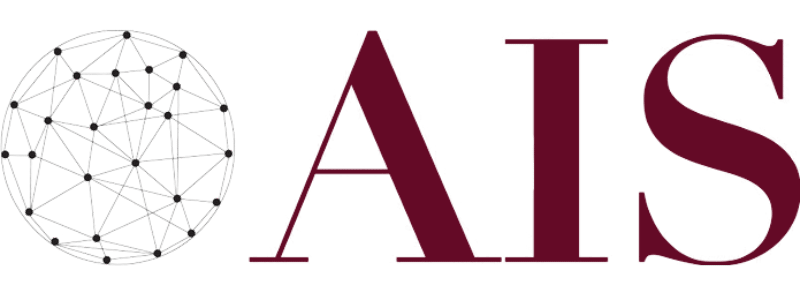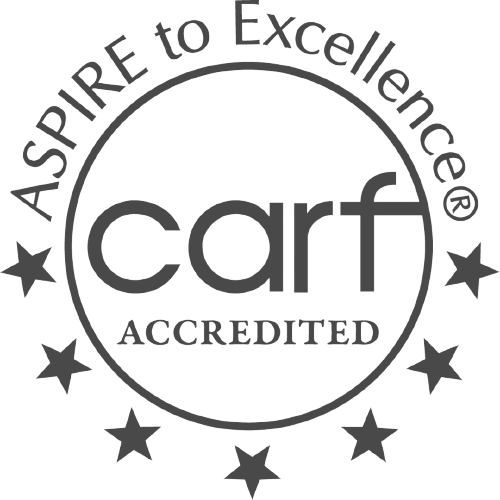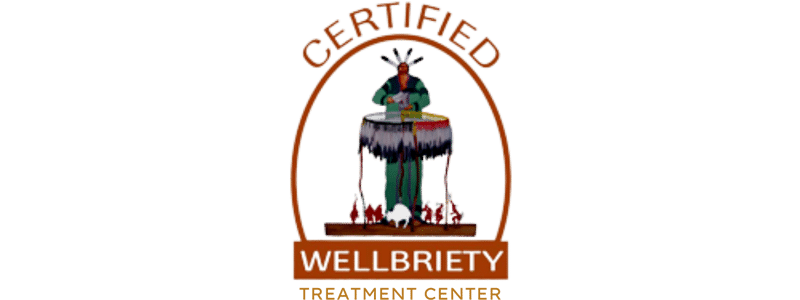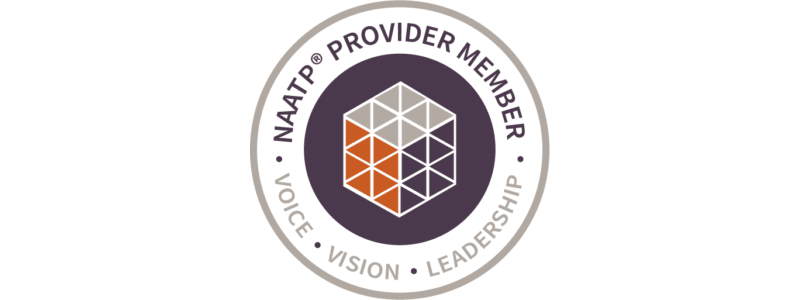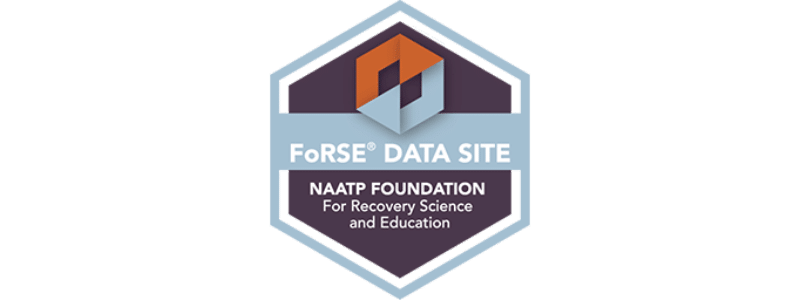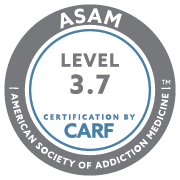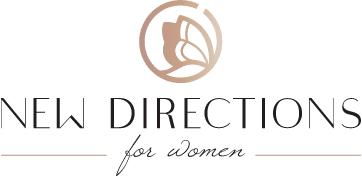Substance use can affect any class, gender, race, and profession—and nursing is no exception. For more than 100 years, the particular work conditions of nurses have been informally associated with increases in substance abuse. Some of the primary reasons include:
- Intense job stress
- Easy access to medications
Nurses are trusted to protect the patients in their care from harm, which means they’re expected to perform their tasks at a high level. Taking care of patients while under the control of substance use puts the patient (and the nurse) in danger.
How Common is Substance Abuse Among Nurses?
According to some older statistics:
- less than 1% of employed registered nurses (RNs) were working with a known substance abuse problem.
- less than 1% of RNs were in active substance abuse treatment programs or ATD (alternative to discipline) diversion programs.
It doesn’t seem like a very big problem, does it? But keep in mind, that’s based on reported cases. Is there evidence for suspected or unreported cases? The American Nurses Association has indicated that:
- up to 10% of working RNs may be dependent on drugs or alcohol. However, the most worrisome statistic suggests that:
- between 14% and 20% of all RNs in the U.S. may have a problem with drug or alcohol dependence or abuse.
This speaks to the suspected prevalence of unreported cases. It’s suspected that 1 of every 5 to 7 RNs is affected by an addictive disorder.
Patient Harm
Nurses who are suffering from addiction offer unique challenges to the nursing profession. The behavior resulting from this disease has far-reaching and negative effects. These negative effects are on the nurses themselves and also on the patients who depend on the nurse for safe, competent care. Early recognition, reporting, and intervention are essential for keeping patients safe from harm and helping coworkers recover.
Another special challenge to the nursing profession is their access to narcotic medications. Diverting these drugs for their own use and away from their patients is not just harmful to the nurse. But it is also unethical and a failure to protect the patient from harm by diverting drugs from the patient. Not to mention that a nurse struggling with a drug problem endangers the life of the patient in their care.
Common Signs of Substance Abuse Among Nurses
These are some common signs that should raise a red flag:
- A member of the staff who looks unkempt or doesn’t appear to care about their appearance. Someone who’s late, lazy, not timely, or in a daze.
- Shift count errors for opioids repeatedly happen when the same RN is on duty.
- An RN who can’t be located in their assigned area.
- An RN whose patients fail to receive their pain medications despite the meds being signed out of stock and reported as dispensed to the patients.
- An RN whose patients repeatedly fail to reach the expected level of pain relief from their assigned medications.
- Frequent trips to the restroom.
- Isolation from coworkers.
- Inappropriate emotional outbursts.
Impacts of Substance Abuse on Nurses
The rise in substance abuse among nurses is accompanied by serious consequences for nurses’ physical and mental health, as well as their professional and personal lives. Chronic substance abuse can lead to impaired judgment, decreased cognitive function, and diminished motor skills, which can jeopardize patient safety and quality of care. Nurses who are under the influence of drugs or alcohol may make errors in medication administration, fail to follow proper procedures, or exhibit erratic behavior that can put patients at physical risk—and themselves at legal risk.
Impacts of Substance Abuse on Patient Care
The consequences of substance abuse among nurses extend beyond the individual to impact patient care and outcomes. Patients rely on nurses to provide safe and competent care, and any impairment due to substance abuse can compromise their well-being. Studies have shown that healthcare providers who abuse drugs or alcohol are more likely to make medical errors, exhibit unprofessional behavior, and have higher rates of patient mortality.
Why is There Drug Abuse Among Nurses?
Reports of addiction among nurses first appeared around 1900. Research indicates nurses with SUD often begin misusing drugs, including alcohol before they even finish their nursing education. But the increased use reported lately is associated with:
- Easy access to drugs
- Work in a critical care specialty
- Job-related stress
- Depression
- Knowledge of the medications
- Enabling of coworkers
- Heavy workload and overtime
What is Compassion Fatigue?
Compassion fatigue (CF) is a new concept that refers to the emotional and physical exhaustion that affects professionals and caregivers over time. CF is connected to desensitization to patients’ stories, a decrease in care quality, an increase in clinical errors, and higher rates of depression, anxiety, and stress leave.
Some nurses are at greater risk to develop CF than others. Those who work in units with greater encounters with patients and family tragedies and death and when close relationships are formed, there is a greater risk of CF. One of the greatest risks is when the nurse becomes involved intensely in their patients’ traumatization, grief and pain and skimps on their own self-care. As a consequence of this, some nurses develop negative coping behaviors including alcohol and drug use.
What Substances are Being Misused Most?
Alcohol
People in nursing and other helping professions have higher rates of alcohol addiction than other professions. According to the National Student Nurses Association (NSNA), about 83% of healthcare professionals consumed alcohol at least once in the past year, which is in line with the national average. About 16% took part in binge drinking.
Because of the genetic implications of alcohol use, it’s not surprising that about 80% of nurses with an AUD (alcohol use disorder) also have an alcoholic family member. They are also more likely to have interactions with other people who use alcohol.
Prescription Drugs
Prescription drugs are used by nearly 7% of all nurses for nonmedical purposes. This rate is higher than the national average. Furthermore, of all the nursing professions, nurse anesthetists use these drugs at the highest rates.
Illicit Drugs
While some nurses do use illicit drugs such as marijuana, cocaine, and heroin, they use them at a lower rate than the general population.
How is Substance Abuse Among Nurses Treated?
 Before the 1980s, substance abuse wasn’t recognized as a disease. At that time, a nurse would be relieved of duty and/or have their nursing license revoked with little or no alternative. Since then, many states have put non-disciplinary rehabilitation programs into practice to assist nurses with recovery.
Before the 1980s, substance abuse wasn’t recognized as a disease. At that time, a nurse would be relieved of duty and/or have their nursing license revoked with little or no alternative. Since then, many states have put non-disciplinary rehabilitation programs into practice to assist nurses with recovery.
When a substance use disorder is suspected, the nurse is usually put on leave until an investigation can be conducted. In most states, the leadership team for the nurses and human resource leaders are required to report the abuse to:
- the Board of Nursing (BON) and
- local police.
Each BON has a procedure for investigation and variable levels of programs to help nurses through recovery. Through these intensive programs, the nurse is allowed to gradually return to the work environment after it’s established and confirmed that the nurse is safe to practice in a clinical setting.
Treatment vs. Punishment
In 2010, the National Council of State Boards of Nursing (NCSBN) conducted a survey of the disciplinary and ATD programs among its 59 member boards. An average of 128 nurses per board each year are identified and potentially disciplined for alcohol and drug-related problems.
Disciplinary
Disciplinary programs are based on a deterrence theory, and punishment is used as a way to protect the public. An important part of discipline involves publicly reporting a nurse’s addictive disorder. So it is no surprise that punishment by a board of nursing keeps many nurses silent. This includes those who should report them.
Alternative to Discipline (ATD)
By contrast, ATD programs are almost always confidential, unless required by law. ATDs work to serve and protect the public and help the healthcare worker recover from SUD. ATD programs are used by boards of nursing to help nurses receive treatment and keep their professional nursing licenses. Treatment and aftercare are typically also included in alternative to discipline programs.
Successfully completing an ATD program and its aftercare requirements allow the nurse to:
- receive treatment confidentially,
- no discipline is reported,
- the nurse can return to practice and,
- safely care for patients.
Success of ATDs
ATDs have been very successful in treating substance abuse among nurses. What’s more, there is a high long-term recovery rate for licensed nurses receiving treatment in these programs. And the public is being protected because the nurses are practicing unimpaired.
Are You Practicing Nursing With a SUD?
We know that nurses are not immune to drug and alcohol misuse. If you have been reported to your BON for drug or alcohol problems, you need to get treatment as soon as possible. Boards of nursing are well-acquainted with SUD. So when there is an option of confidential treatment and aftercare, you should accept that offer.
This will allow you to get the treatment you need and, very importantly, allow you to continue to practice as a licensed nurse after successfully completing that treatment. Initial points to consider include:
- Review your state nurse practice act for the opportunity for an ATD program.
- Secure legal representation through the board’s process for getting into an ATD program.
- Follow all requirements for admission into the ATD program and its obligations while in treatment. For example, group and individual therapy and drug screens.
- At the time of returning to practice, accept any suggested conditions that allow you to practice safely without impairment. For example, not night duty, no home healthcare.
- Always remember that “clean and sober” is a responsibility for life that benefits your well-being and the safety of your patients.
- If an ATD program is not an option in your state, find treatment through alternative programs with the approval of your state board of nursing.
- Emphasize the importance of working with your board of nursing. Do not consider simply not cooperating with your BON or “throwing in the towel” in the face of allegations of substance misuse.
Differences in Substance Use Among Male and Female Nurses
- Ninety-seven percent of the nursing profession is female, but male nurses use drugs at higher rates.
- Female nurses are more likely to abuse prescription drugs than their male coworkers.
- Although they use fewer substances than male nurses, women tend to misuse drugs later in life.
- Women appear to be more physically affected by drug and alcohol use.
- Female and male nurses smoke at high rates. It has been found that 15% of all nurses smoke. This is the highest rate among all healthcare professionals.
Finding Help for Your Substance Use Disorder
All but seven states in the U.S. have ATD programs to address substance use and impaired practice in nursing. These programs help to identify and support colleagues who may be struggling with substance use disorder while protecting the safety of the patients.
If you, someone you love, or a colleague is dealing with a substance use disorder, you owe it to yourself and to them to help them get on the right track to recovery. New Directions for Women is a female-only facility and we are well aware of the needs of women in substance use treatment. And let’s not forget the consequences for patients of impaired nurses.
We have treatment programs for alcohol use disorder, prescription, and illicit drug addiction. Our therapy programs include group and individual counseling, behavioral therapies, and holistic therapy to help you heal your body, mind, and spirit. These therapies will help you treat your depression, anxiety, and any other underlying conditions that may have caused your substance use — a condition known as a dual diagnosis. Contact us today. Your life, your patient’s lives, and your professional life all depend on what you do now.
Frequently Asked Questions (FAQs) About Substance Abuse Among Nurses
What are some common substances abused by nurses?
Nurses may abuse a variety of substances, including alcohol, prescription medications to which they have access (such as opioids, benzodiazepines, and stimulants), illicit drugs (such as cocaine or marijuana), and over-the-counter medications (such as cough syrup or sleep aids).
What are the potential consequences of substance abuse among nurses?
Substance abuse among nurses can have serious consequences, including impaired judgment and cognitive function, increased risk of medical errors and patient harm, disciplinary action or loss of licensure, damage to personal and professional relationships, financial difficulties, and negative impacts on physical and mental health.
What should I do if I suspect a colleague or loved one is struggling with substance abuse?
If you suspect a colleague or loved one is struggling with substance abuse, it is important to approach the situation with compassion and empathy. Express your concerns in a nonjudgmental manner and offer support and encouragement to seek help. Encourage them to access resources such as employee assistance programs, counseling services, or support groups for nurses in recovery.
Will seeking treatment for substance abuse affect a nurse's job or licensure?
Seeking treatment for substance abuse does not automatically result in job loss or disciplinary action. Many healthcare organizations have policies in place to support employees seeking treatment for substance abuse, including confidentiality protections and assistance with accessing treatment resources. In fact, forty three states have alternative to discipline (ATD) programs to help address substance abuse among nurses. ATD programs are used by boards of nursing to help nurses receive treatment and keep their professional nursing licenses. It’s important to note, though, that nurses may be required to comply with monitoring programs or undergo drug testing as part of their recovery process.




